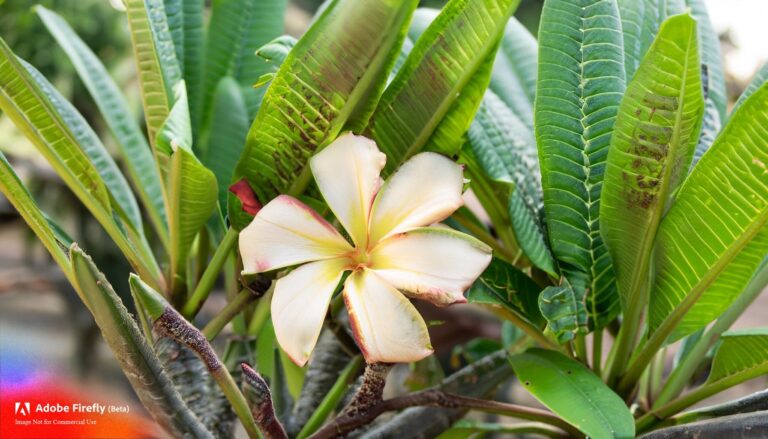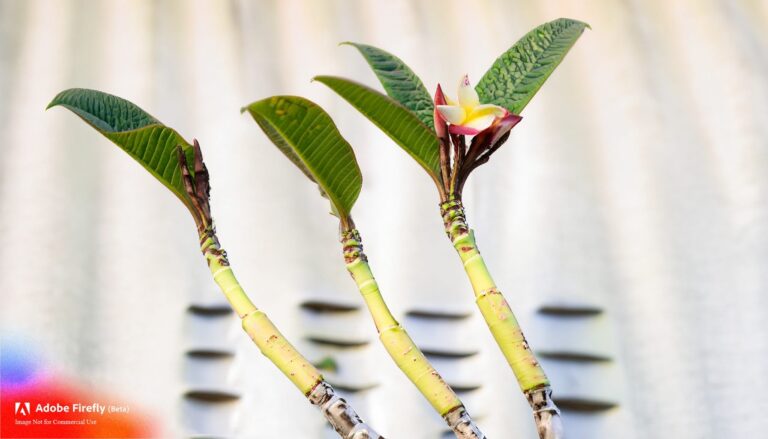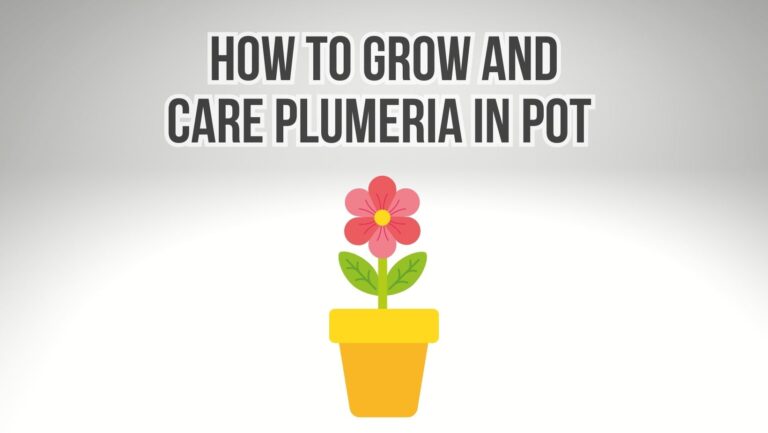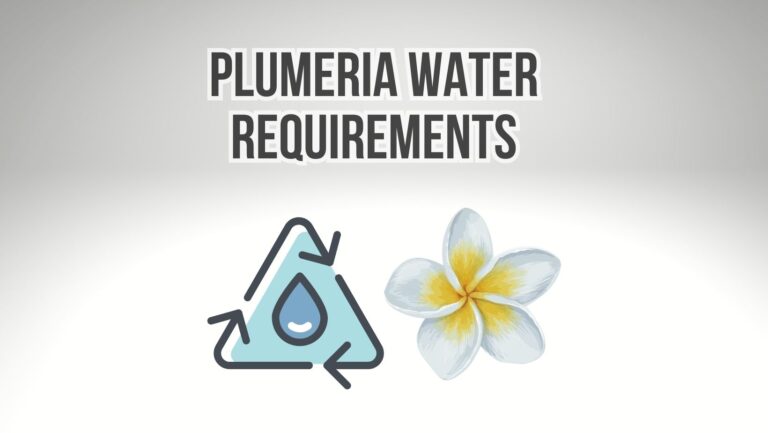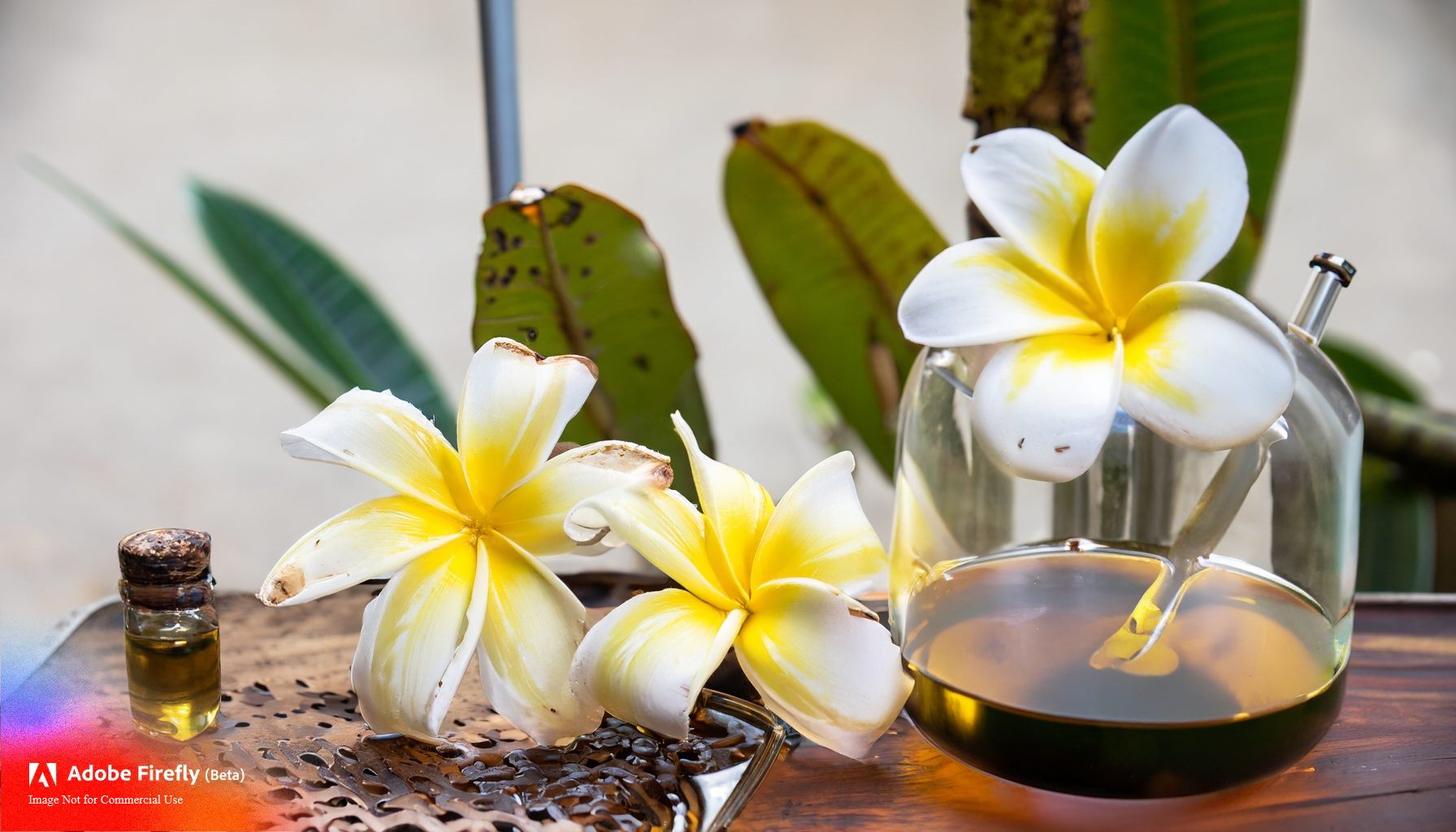
Plumeria oil, renowned for its captivating aroma and therapeutic properties, is extracted from the delicate petals of plumeria flowers. While steam distillation is the most common method for obtaining essential oils, several unique extraction techniques yield distinct variations of plumeria oil. This article’ll delve into four unique plumeria oil extraction methods, each bringing its own aromatic charm to the table.
1. Enfleurage: Capturing Aroma Through Fat
Enfleurage is an ancient technique that captures the fragrance of delicate flowers using odorless fats or oils. While less common today due to its labor-intensive nature, enfleurage is a gentle method ideal for flowers that may not withstand high temperatures during distillation.
Extraction Process:
- Fresh plumeria petals are meticulously arranged on a layer of odorless fat (such as coconut oil) spread over glass sheets.
- Over time, the flower’s aroma infuses into the fat. The process can take days or weeks.
- The saturated fat, now rich with the plumeria fragrance, is scraped off the glass sheets.
- The fat undergoes a process called “defleurage,” in which it’s combined with alcohol to dissolve the fragrance.
- The alcohol is then evaporated, leaving behind the concentrated plumeria essential oil.
2. Solvent Extraction: Capturing Volatile Oils
Solvent extraction is a method suitable for extracting delicate fragrances from flowers that may not survive the high temperatures of steam distillation. It involves using a solvent to dissolve essential oils from the plant material.
Extraction Process:
- Fresh plumeria petals are immersed in a solvent, typically hexane or a similar hydrocarbon.
- The solvent dissolves the essential oils from the petals, creating a highly aromatic solution.
- The aromatic solution is filtered, and the solvent is evaporated, leaving behind the concentrated plumeria essential oil.
- Advantages: Solvent extraction allows for the capture of the delicate and complex aroma of plumeria flowers.
- Challenges: This method is time-consuming and requires a lot of plant material for a relatively small yield of essential oil. Additionally, trace amounts of solvent may remain in the final product, which can affect its purity.
3. Cold Pressed: A Citrusy Twist
While cold pressing is commonly associated with citrus fruits, it can also be used to extract essential oils from certain flower petals, including plumeria. This method is often referred to as “expression.”
Extraction Process:
- Plumeria petals are carefully handpicked to avoid bruising.
- The petals are subjected to gentle mechanical pressure to release the aromatic oils.
- The released oil, along with any juice, is collected. The oil is then separated from the juice.
- The cold-pressed plumeria oil retains a fresher aroma due to the absence of heat during extraction.
- Advantages: Cold-press extraction is relatively simple and doesn’t involve the use of heat or solvents, which can help preserve the natural aroma of the flowers.
- Challenges: This method may not yield as much essential oil as other extraction methods. Additionally, the quality of the oil can vary depending on factors such as the condition of the flowers and the extraction process.
4. Supercritical Carbon Dioxide (CO2) Extraction: Green and Efficient
Supercritical CO2 extraction is a modern and environmentally friendly method that uses carbon dioxide in a supercritical state to extract essential oils. It’s known for preserving the natural constituents of the plant material.
Extraction Process:
- Plumeria petals are placed in a vessel, and carbon dioxide is pressurized and heated to become supercritical.
- In this state, CO2 acts as both a gas and a liquid, effectively dissolving the essential oils from the petals.
- The CO2 and dissolved essential oils are separated, and when the pressure is released, the CO2 returns to its gaseous state, leaving behind the plumeria essential oil.
- Advantages: Supercritical CO2 extraction is a gentle method that can yield high-quality essential oil with minimal damage to the aroma compounds.
- Challenges: This method requires specialized equipment and expertise, making it more suitable for large-scale production.
5. Steam Distillation: Steam distillation is a popular method for extracting essential oils from various plant materials, including plumeria flowers. Here’s how the process works:
- Harvesting: Plumeria flowers are collected when they are in full bloom, as this is when their essential oil content is the highest.
- Steam Distillation: The flower petals are placed in a distillation apparatus. Steam is then passed through the petals, causing the essential oil to evaporate. The steam containing the oil is condensed back into a liquid form, separating the essential oil from the water.
- Separation: The essential oil and water naturally separate due to differences in density. The oil is then collected and stored.
- Advantages: Steam distillation can yield high-quality plumeria oil with a complex aroma. It retains the natural fragrance of the flowers and some of their therapeutic properties.
- Challenges: Steam distillation requires specialized equipment and expertise. Additionally, plumeria flowers are delicate, and their essential oil yield can be relatively low.
Conclusion
Each unique plumeria oil extraction method mentioned above contributes its own nuances to the final product. Whether through the gentle enfleurage technique, the aromatic solvent extraction process, the delicate cold pressing method, or the efficient supercritical CO2 extraction, plumeria oils obtained using these methods offer a diverse range of fragrances and therapeutic benefits. Whether you’re drawn to the traditional or the innovative, these extraction methods showcase the art and science behind capturing the essence of these fragrant tropical blossoms.


